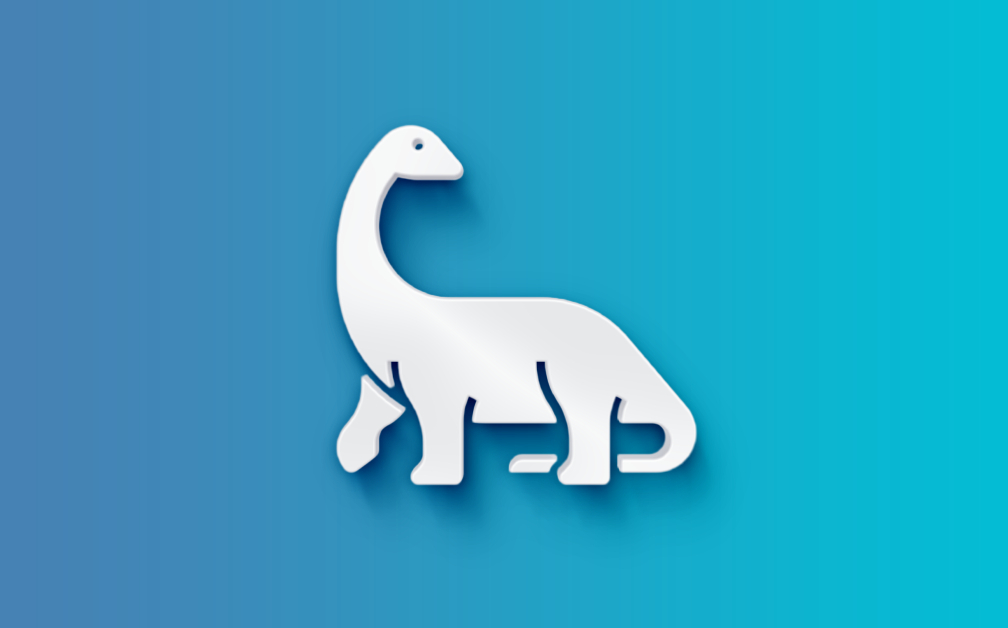Dinosaurs have captivated our imagination for centuries. These incredible creatures roamed the Earth millions of years ago, leaving behind a rich fossil record that continues to be studied by paleontologists. One intriguing aspect of dinosaurs is their classification into various groups, each with its unique name. In this article, we will explore the fascinating world of dinosaur group names, uncovering the meanings behind these terms and delving into the diverse array of dinosaurs that fall under each category.
Dinosaur Group Names: Unveiling the Ancient Classification
Dinosaur Group Names: What Are They?
Dinosaur group names refer to the different classifications or categories in which dinosaurs are organized based on various characteristics such as their skeletal features, period of existence, and evolutionary relationships. These names provide a systematic way to categorize and understand the vast diversity of dinosaurs that once inhabited our planet.
The Dinosauria: The Ultimate Group
At the top of the dinosaur classification hierarchy is the group called Dinosauria. This encompasses all actual dinosaurs and is further divided into two major subgroups: Saurischia and Ornithischia. Differences in their hip structures distinguish these groups.
Saurischia: The Lizard-Hipped Dinosaurs
Saurischia translates to “lizard-hipped” and includes some of the most iconic dinosaurs, such as Tyrannosaurus rex and Brachiosaurus. This group is characterized by a hip structure resembling that of modern-day reptiles.
Ornithischia: The Bird-Hipped Dinosaurs
Contrary to what the name suggests, Ornithischia does not include dinosaurs that could fly. Instead, it refers to dinosaurs with a hip structure similar to that of birds. Stegosaurus and Triceratops are examples of well-known Ornithischians.
A Parade of Dinosaur Group Names
Theropoda: The Beastly Predators
Theropoda, meaning “beast-footed,” is a group of carnivorous dinosaurs that walked on two legs. It includes the mighty Tyrannosaurus rex, the agile Velociraptor, and the smaller Compsognathus.
Sauropodomorpha: The Gigantic Herbivores
Sauropodomorpha comprises the most enormous dinosaurs that ever lived. These massive herbivores had long necks and tails, allowing them to reach and consume vegetation high above the ground. Brachiosaurus and Diplodocus are prominent members of this group.
Ceratopsia: The Horned Dinosaurs
Ceratopsia, meaning “horned faces,” is a group of herbivorous dinosaurs known for their elaborate frills and horns. Triceratops, with its three distinctive horns, is the most recognizable member of this group.
Ankylosauria: The Armored Giants
Ankylosauria refers to the heavily armored dinosaurs with bony plates and spikes for defense. These tank-like creatures, such as Ankylosaurus and Euoplocephalus, were well-equipped to ward off predators.
Hadrosauridae: The Duck-Billed Dinosaurs
Hadrosauridae, also known as duck-billed dinosaurs, were herbivores with distinctive flattened snouts resembling ducks’ bills. Their teeth were arranged in rows, allowing efficient processing of plant material. Parasaurolophus and Edmontosaurus are well-known members of this group.
Therizinosauroidea: The Enigmatic Herbivores
Therizinosauroidea is a group of bizarre-looking dinosaurs with long necks, pot bellies, and enormous claws. Despite their fearsome appearance, they were herbivorous. Therizinosaurus is the most famous representative of this enigmatic group.
Pterosauria: The Flying Reptiles
Although not dinosaurs themselves, the pterosaurs were flying reptiles living alongside them. These remarkable creatures had wings made of skin and were often referred to as “pterosaurs.” Pterodactyl is a well-known example.
Plesiosauria: The Marine Giants
Like pterosaurs, plesiosaurs were not dinosaurs but marine reptiles that lived during the age of dinosaurs. Plesiosauria includes long-necked and flipper-equipped creatures, such as Elasmosaurus and Kronosaurus, that ruled the prehistoric oceans.
Ichthyosauria: The Sea Dragons
Ichthyosauria is another group of marine reptiles that thrived during the age of dinosaurs. These fish-like creatures had streamlined bodies and evolved to become highly efficient swimmers. Ichthyosaurus and Temnodontosaurus are notable members of this group.

Frequently Asked Questions about Dinosaur Group Names
What is the purpose of dinosaur group names?
Dinosaur group names provide a systematic way to classify and understand the diverse array of dinosaurs that once existed. They help paleontologists organize and categorize vast information about these ancient creatures.
How are dinosaur group names determined?
Dinosaur group names are determined based on shared characteristics and evolutionary relationships among dinosaurs. Scientists analyze fossil evidence and compare skeletal features to determine which group a dinosaur belongs to.
Are dinosaur group names universally accepted?
Dinosaur group names are subject to ongoing research and debate within the scientific community. As discoveries are made, and our understanding of dinosaurs evolves, group classifications may be revised or refined.
Can dinosaur group names change over time?
Yes, dinosaur group names can change as new information emerges. Advances in paleontological research, such as discovering new fossils or applying innovative analytical techniques, can lead to reclassifying or renaming dinosaur groups.
Do dinosaur group names have any practical applications?
Dinosaur group names are essential for communication among scientists and for organizing scientific literature information. They also help educators and enthusiasts convey accurate information about dinosaurs to the general public.
Are dinosaur group names used outside the scientific community?
While dinosaur group names are used mainly within the scientific community, they also find their way into popular culture, museums, documentaries, and educational materials. These names help capture the public’s fascination with dinosaurs.
Conclusion
Dinosaur group names provide a window into these ancient creatures’ rich diversity and complex evolutionary history. Each classification offers unique insights into the world of dinosaurs, from the fearsome predators of the Theropoda group to the massive herbivores of the Sauropodomorpha group. As our understanding of these fascinating creatures continues to evolve, so too may the group names that categorize them. By delving into the intricacies of dinosaur classification, we gain a deeper appreciation for the wonders of prehistoric life.
Maharshi Pandya is a specialist in Marketing and Innovation at the School of Business & Entrepreneurship, National Institute of Business Studies. His work focuses on branding strategies for startups, entrepreneurial marketing, and consumer engagement in emerging markets. With a strong foundation in both academic research and practical application, he has contributed to various conferences and publications that explore how emerging businesses can build impactful and sustainable brands. His insights aim to support early-stage ventures in navigating the complexities of market positioning and brand development.
